What is the tolerance range of precision screws?
What is the tolerance range of precision screws?
Service Hotline
+86760-8787 8587We have more than ten years of production experience in the screw industry. The main products are: hollow curtain wall bolts, D6 hollow pins, processed nuts, 304 stainless steel nuts, furniture flat head beveled bolts, stainless steel hexagonal thin nuts, galvanized diamond nuts, internal and external teeth without Intermediary nuts, aluminum platen nuts, cross head screws and bolts, combination set bolts, rock climbing expansion screws, cylindrical end set screws, serrated washers, ring hook with ring expansion bolts and other fasteners, due to the product material and Specifications vary, prices vary, please contact us if necessary.


In order to prevent the waste of materials, those skilled in the art select steel wire as the processing material, and form an annular ring body by drawing the steel wire. Such as the announcement: CN103522009's invention name is a method of processing a retaining ring. The steel wire is used as the processing material, and the processing is carried out by drawing. After the steel wire is drawn and formed, annealing is performed. After the annealing is completed, the forming needs to bundle the steel wire. Since the cross section of the steel wire is rectangular, when it is drawn into the retaining ring base, the cross section changes due to the extrusion of the material, and the inner ring of the retaining ring base will be higher than the outer ring (forming a slope). The deformation is large. At this time, the punching of the opening of the retaining ring base body will produce a slump or cause greater material deformation; therefore, the retaining ring base body needs to be bundled. The bundling process is to prevent the material from being heated more during the quenching process. At the same time, it also has a certain adjustment effect during the quenching process, which makes the inclined surface smaller; but after the quenching is completed, the hardness of the retaining ring base increases, and the punching process for the upper opening will become more complicated.
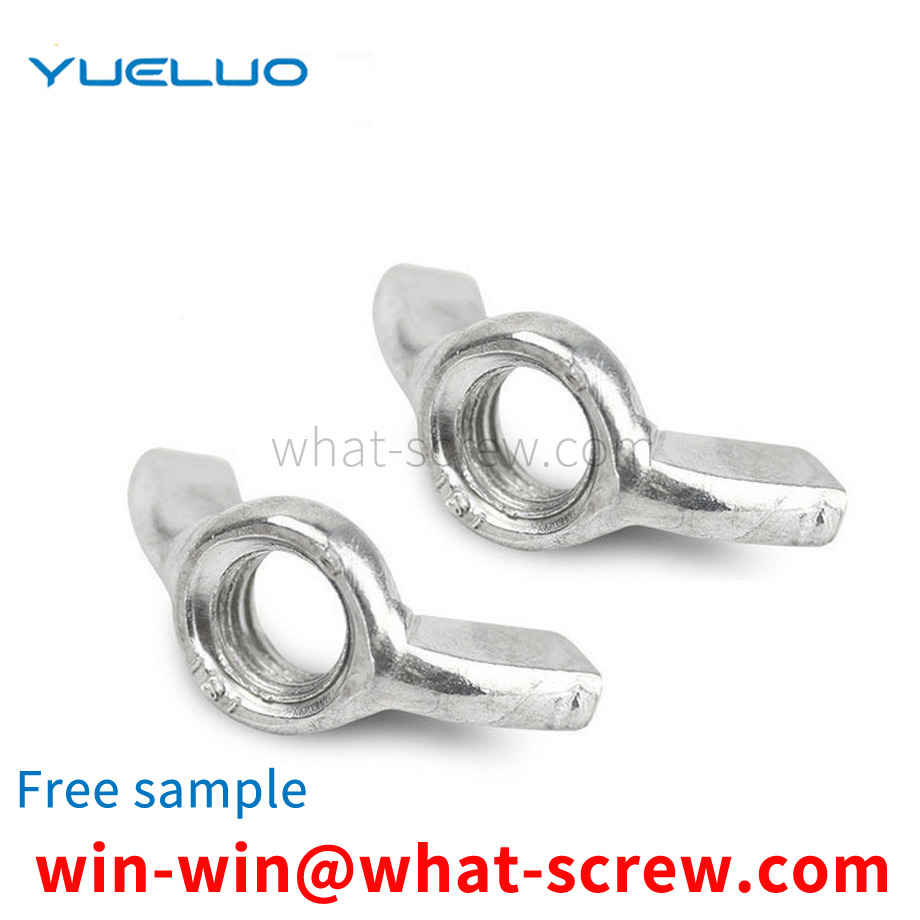
The first person to describe the spiral was the Greek scientist Archimedes (c. 287 BC - 212 BC). An Archimedes screw is a huge spiral contained in a wooden cylinder that is used to irrigate fields by raising water from one level to another. The real inventor may not be Archimedes himself. Maybe he was just describing something that already existed. It may have been designed by the skilled craftsmen of ancient Egypt for irrigation on both sides of the Nile. In the Middle Ages, carpenters used wooden or metal nails to attach furniture to wooden structures. In the 16th century, nail makers began producing nails with a helical thread, which were used to connect things more securely. That's a small step from these kinds of nails to screws. Around 1550 AD, the metal nuts and bolts that first appeared in Europe as fasteners were all made by hand on a simple wooden lathe. Screwdrivers (screw chisels) appeared in London around 1780. Carpenters have found that tightening a screw with a screwdriver holds things in place better than hitting with a hammer, especially with fine-grained screws. In 1797, Maudsley invented the all-metal precision screw lathe in London. The following year, Wilkinson built a nut and bolt making machine in the United States. Both machines produce universal nuts and bolts. Screws were quite popular as fixings because an inexpensive method of production had been found at that time. In 1836, Henry M. Philips applied for a patent for a screw with a cross recessed head, which marked a major advance in screw base technology. Unlike traditional slotted head screws, Phillips head screws have the edge of the head of the Phillips head screw. This design makes the screwdriver self-centered and not easy to slip out, so it is very popular. Universal nuts and bolts can connect metal parts together, so by the 19th century, the wood used to make machines to build houses could be replaced by metal bolts and nuts. Now the function of the screw is mainly to connect the two workpieces together and play the role of fastening. The screw is used in general equipment, such as mobile phones, computers, automobiles, bicycles, various machine tools and equipment, and almost all machines. need to use screws. Screws are indispensable industrial necessities in daily life: extremely small screws used in cameras, glasses, clocks, electronics, etc.; general screws for televisions, electrical products, musical instruments, furniture, etc.
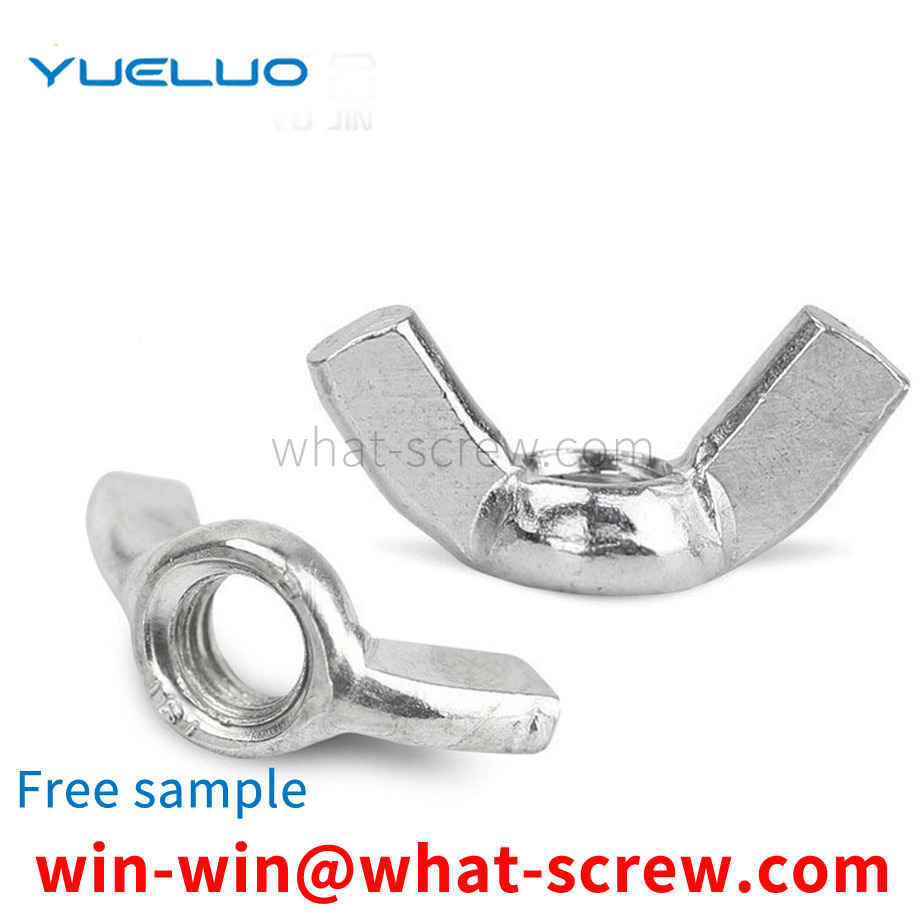
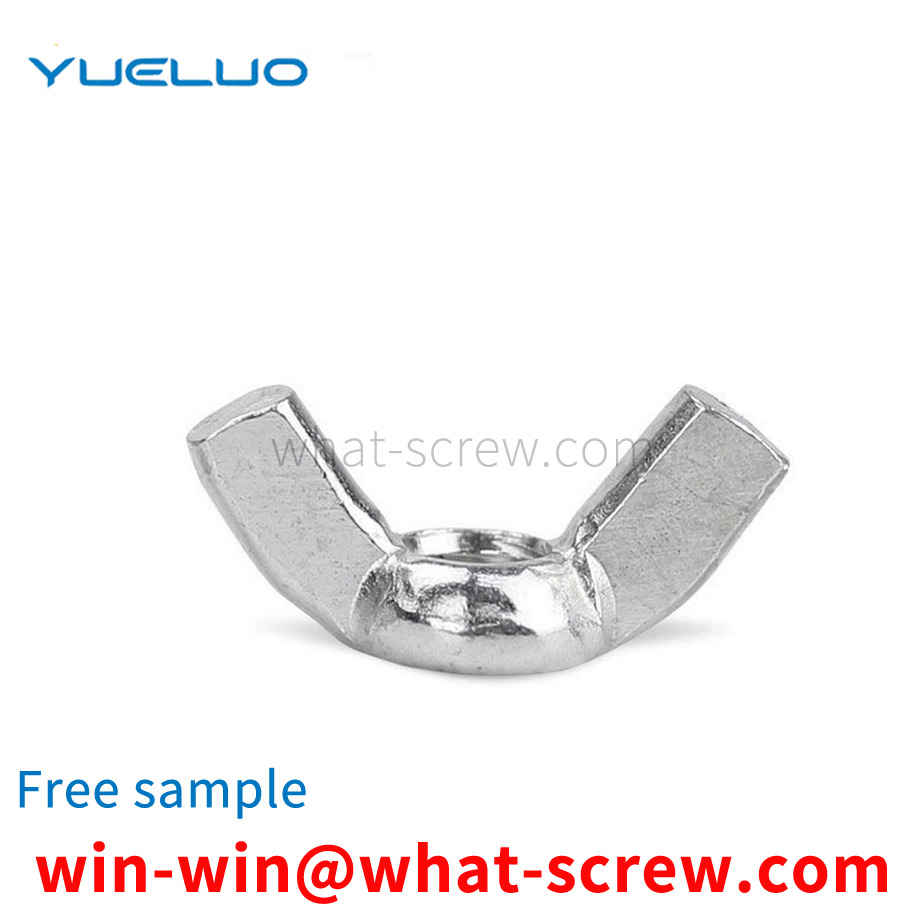
When the mold is manufactured, many positioning pins need to be installed to fix the relative position between the two parts. The positioning pins are usually sunk into the positioning pin holes on the mold. Since the mold needs to be pulled out frequently during assembly, in order to Remove the parts and make corrections. At the same time, the mold also needs to pull out the positioning pins during maintenance to remove the damaged parts for maintenance. Therefore, the workload of pulling the pins is large. The existing methods are: 1) When installing the pins, The operator uses a self-made long screw that matches the threaded hole of the pin to screw it into the pin, and then aligns the pin hole with a hammer to hit the screw to make the pin snap in, and then screw the screw out by hand. The disadvantage is: on the one hand, the hammer hits the screw It is easy to cause the screw to be damaged or deformed, and it cannot be used normally. On the other hand, it is labor-intensive to remove the screw by hand and may not be able to be removed; 2) When pulling out the pin, the operator will screw the screw into the pin and use force directly or with pliers To pull out a screw, a few companies use a large pin puller to pull it out. The disadvantage is that it is too laborious and time-consuming to pull out by hand or with pliers. Even if a large pin puller is used, the weight of the pin puller itself is large. , it is inconvenient to use.
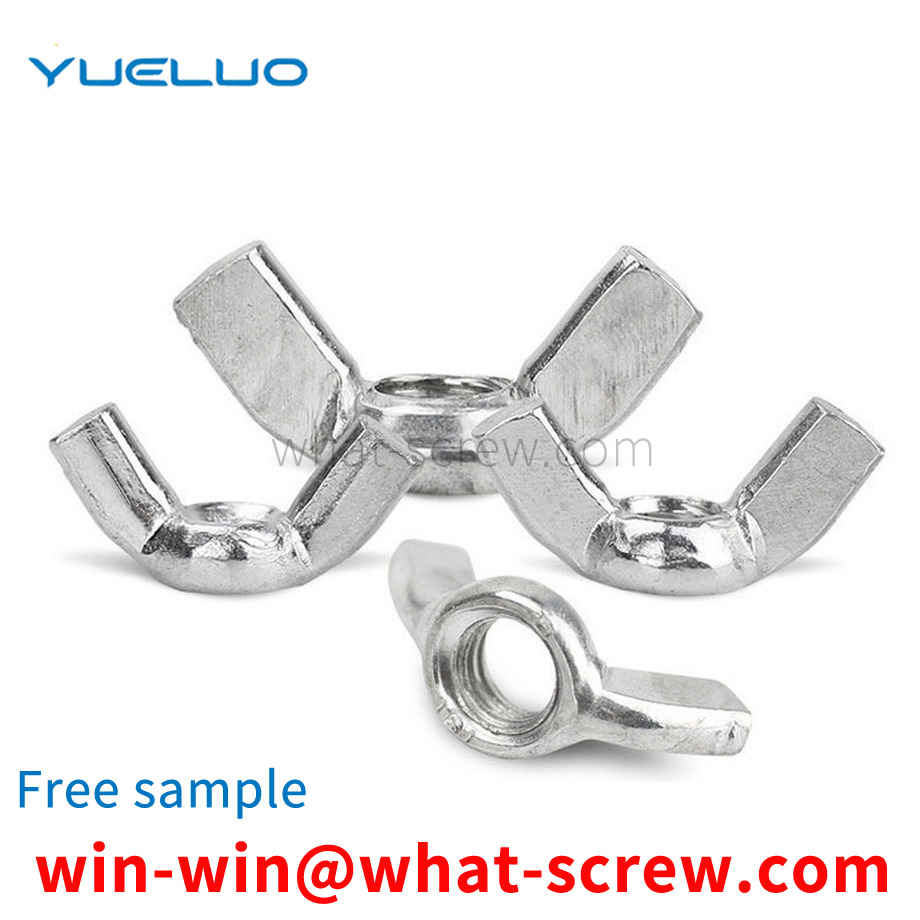
It can be seen from the extrusion process that the screw works under high temperature, certain corrosion, strong wear and high torque. Therefore, the screw must: 1) High temperature resistance, no deformation under high temperature; 2) Wear resistance, long life; 3 ) Corrosion resistance, the material is corrosive; 4) High strength, can withstand large torque, high speed; 5) Good cutting performance; 6) After heat treatment, the residual stress is small, and the thermal deformation is small. [1]
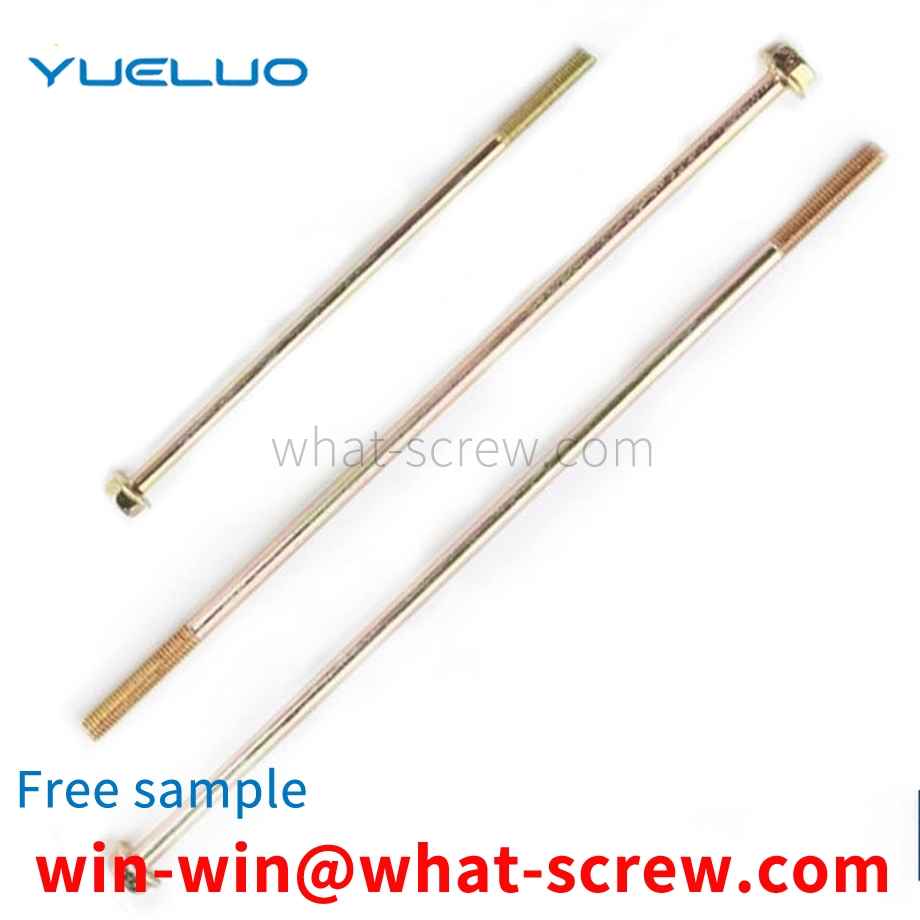
The above content is uploaded by Yueluo or the Internet. If there is any copyright issue, please contact [email protected].

What is the tolerance range of precision screws?

How to choose the right stainless steel screw manufacturer?

Why is there an R angle under the head of the hexagon head s...

We have more than ten years of experience in screw industry ...

We have more than ten years of experience in screw industry ...

We have more than ten years of experience in screw industry ...

We have more than ten years of production experience in the ...